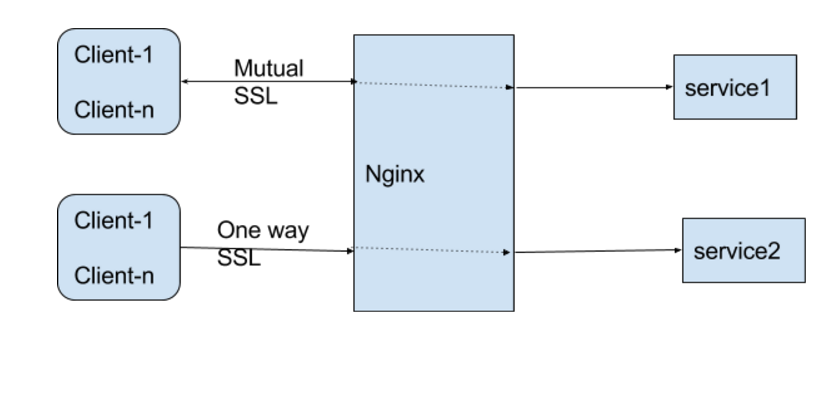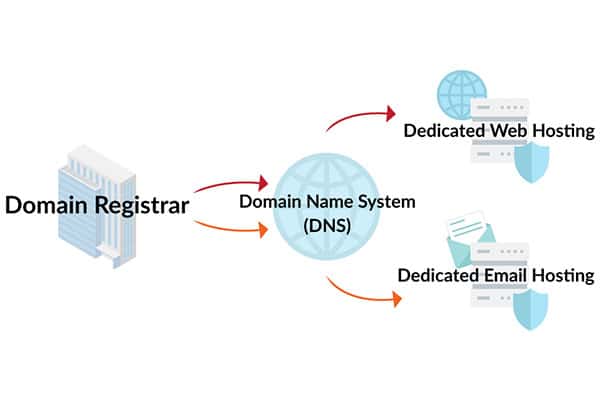
Apache is the most popular server software on the Internet. It is available for Red Hat(r), CentOS as well as Red Hat(r). Red Hat Red Hat Red Hat users will enjoy many of these same benefits. It's easy to install and configure. It also has powerful web servers. This article will teach you how to install PHP 5.4 and configure SELinux.
Configuring SELinux
Apache can be set up to use SELinux to protect your server. It is a great security measure because SELinux allows you to customize the level of security for your server. SELinux will block Apache from loading content in directories that are not within the default directory. This can be changed by creating a custom policy.
SELinux is a security feature in Linux that can prevent unauthorized access to files. It works by detecting misuse of applications and processes. There are two modes of operation for the system: permissive and enforcing. The permissive mode allows all processes to run while the enforcing mode blocks programs.
Creating virtual hosts
Create a file to describe the configuration for your domain site before you can create virtual hosts. This file tells Apache how to respond to different domains. You must place the virtual host file in the sites-enabled directory or sites-available directory and create a symbolic link to it.

Once you have created your Virtual Host, it is time to upload web contents to it. You do this by creating a DocumentRoot directory in the Apache directory. This directory will serve as the Document Root for your website in the virtual configuration file. This directory will serve content when the user navigates the domain name.
Apache policy management
You can customize the security level of Apache processes using the SELinux security frame. This framework allows you both to set universal and directory-specific policies. As this allows for greater control, it is generally better to place Apache policies in individual directories. You can also make universal policies and tell SELinux all Apache processes to follow the same procedure. This allows you to adjust the security level of your server but doesn't provide the same level.
Apache HTTP server is one the most popular web servers. It is open-source, extensible, cross-platform, free and free of charge. Apache is included in CentOS 8's default repositories. This allows for quick installation and configuration. The FirewallD firewall solution is the default on CentOS 8. Apache webserver creates firewalld files and predefined rules to allow HTTP (80) or HTTPS (4433) ports.
Installing PHP 5.
PHP 5.4 extends the popular open source programming language. This server side scripting language can be used with Apache web servers. There are some issues with the PHP installation process due to the newer version of Apache. There are many steps to resolve these issues. These are just a few of many steps you can take.
First, make sure you've got the right version of PHP installed. PHP 5.4 is the default version in most cases. If you wish to install another version of PHP, you can do so by using the yum package. yum–utils. You can also use the Remi repo for the installation of the PHP version.

How to get your server's IP address
Once Apache has been installed on CentOS's system, you will be able to verify your IP address using the ip Address command. This command will display the IP address for your server. You can verify that your website works properly by using this IP address. After you have verified that your IP address is correct, you can try to view the web page by entering the URL of your web site in any browser in any country.
Apache's default web page indicates that the server has been up and running. Scroll down the page to view additional information. This information is important because you can use the information to perform networking and DNS changes.
FAQ
What is a responsive web design?
Responsive Web Design (RWD), is an approach to designing responsive websites. Content will display correctly on all devices, such as smartphones, tablets, laptops, tablets, and desktop computers. This allows users to simultaneously view a website from one device while still being able to access other features, such as navigation menus and buttons. RWD is designed to ensure that a user can view a site on any size screen.
A website that sells primarily through eCommerce would be an example of this. You want your customers to be able to purchase products from your store, even if they are viewing it on a phone.
Responsive websites will adjust their layout according to the device that is being used. So, viewing the site on your laptop will look like a standard desktop website. However, if you're viewing the page on your phone, it will display differently.
This means that you can create a single website that looks great on every type of device.
Can I use HTML & CCS to build my website?
Yes, you can! You'll need to be familiar with web design concepts and programming languages such HTML (Hyper Text Markup Language), CSS, and CascadingStyle Sheets. These languages allow you create websites that can be viewed by anyone with internet access.
Do I Need Any Technical Skills To Design And Build My Site?
No. You only need to have a basic understanding of HTML/CSS. You can find tutorials online for HTML and CSS.
How do I design a website.
First, you need to know what your customers want from your site. What do your customers want from you when they visit your website?
What problem might they face if your site doesn't have what they are looking for?
This knowledge will help you to identify the problems and then solve them. Your site must look professional. It should be simple to navigate and use.
Your site should be extremely well designed. It shouldn't take too much time for it to load. If it takes too much time, people will not stay as long as they want. They will go elsewhere.
If you want to create an eCommerce site, think about where all of your products are located. Are they all in the same place? Are they spread around your site?
You need to decide whether you want to sell one product at once or many different types of products. Are you looking for a single product to sell or multiple products?
Once you have answered these questions, you can begin building your site.
Now, it's time to take care of the technical aspects. How will your site operate? Will it run fast enough? Is it possible to access the information quickly using a computer?
Are people able to purchase something without paying extra? Will they have to register with your company before they can buy something?
These are the essential questions you should ask yourself. When you have the answers, you can move on.
Can I Use A Template Or Framework On My Website?
Yes! Many people use pre-built templates or frameworks when creating a website. These templates provide all the code necessary to display information on your site.
The following are some of our most-recommended templates:
WordPress - One of the most used CMSes
Joomla - Another popular open source CMS
Drupal - Drupal is an enterprise-level software that large organizations can use
Expression Engine - a proprietary CMS from Yahoo
You will find hundreds of templates for each platform. So it shouldn't be hard to choose the right one.
What is a static web site?
A static website can be hosted anywhere including Amazon S3, Google Cloud Storage (Google Cloud Storage), Windows Azure Blob storage and Rackspace Cloud files. You can also deploy static sites to any platform that uses PHP, such WordPress, Drupal Joomla! Magento PrestaShop.
Static web pages are generally easier to maintain since they don't constantly send requests back-and-forth between servers. Because they don't send any requests back-and-forth between servers, static web pages load much faster. Smaller companies with limited resources and the time required to manage websites properly will find static web pages more beneficial.
Statistics
- At this point, it's important to note that just because a web trend is current, it doesn't mean it's necessarily right for you.48% of people cite design as the most important factor of a website, (websitebuilderexpert.com)
- Studies show that 77% of satisfied customers will recommend your business or service to a friend after having a positive experience. (wix.com)
- It's estimated that chatbots could reduce this by 30%. Gone are the days when chatbots were mere gimmicks – now, they're becoming ever more essential to customer-facing services. (websitebuilderexpert.com)
- When choosing your website color scheme, a general rule is to limit yourself to three shades: one primary color (60% of the mix), one secondary color (30%), and one accent color (10%). (wix.com)
- It enables you to sell your music directly on your website and keep 100% of the profits. (wix.com)
External Links
How To
How to use WordPress in Web Design
WordPress is a software application that you can use to build websites or blogs. You will find many features such as easy installation and powerful theme options. This website builder allows you to customize your site according to your preferences. There are hundreds of themes and plugins available that will help you create any website. You can also add your domain to the site. All these tools enable you to manage your site's appearance and functionality effortlessly.
WordPress allows you to create beautiful websites even if you don't know how to code HTML. Even if you don't have any coding knowledge, you can set up a professional website in minutes. This tutorial will show you how to install WordPress and walk you through the basic steps to create your blog. We will walk you through everything so you can do it at home.
The most popular CMS (Content Management System) out there is WordPress.com currently has around 25 million users worldwide and counting. You have two options for WordPress: you can either purchase a license for $29 per monthly or download the source code to host it free of charge.
WordPress is an excellent blogging platform for many reasons. It is easy to use and anyone can write HTML, so you can make a beautiful site. You also have the flexibility to change your site's look and feel. WordPress.org provides many themes free of charge. You can easily change the look and feeling of your site without spending a dime. Finally, it's highly customizable. Developers offer premium add-ons which allow you to update posts automatically when someone comments or integrate social media sharing within your site.